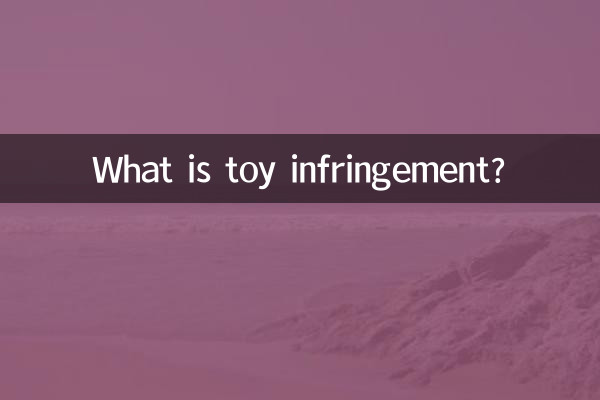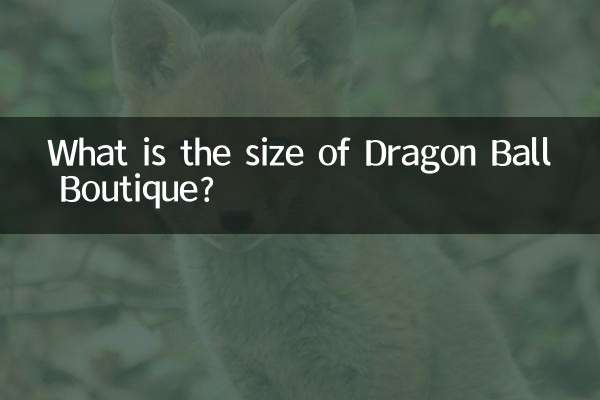What is toy infringement?
In recent years, with the continuous expansion of the toy market, the problem of toy infringement has become increasingly prominent. Toy infringement not only harms the interests of the original brand, but also poses a threat to consumer safety. This article will combine the hot topics and hot content on the Internet in the past 10 days to provide a detailed analysis of the definition, types, harms and how to avoid toy infringement.
1. Definition of toy infringement

Toy infringement refers to the unauthorized use of other people’s trademarks, patents, copyrights and other intellectual property rights to produce and sell products that are similar or identical to the original toys. This behavior not only infringes the intellectual property rights of the original brand, but may also endanger children's health due to poor quality.
2. Types of toy infringement
Toy infringement is mainly divided into the following types:
| Type of infringement | Specific performance |
|---|---|
| Trademark infringement | Unauthorized use of registered trademarks of others, such as counterfeiting well-known brands such as Lego and Disney. |
| patent infringement | Use other people's patented technology or designs without permission, such as imitating the unique functions of a certain toy. |
| Copyright infringement | Unauthorized copying of the appearance design or packaging pattern of other people’s toys. |
| unfair competition | Mislead consumers into purchasing infringing products through false propaganda or confusion. |
3. The harm of toy infringement
Toy infringement not only causes economic losses to the original brand, but may also bring the following harms:
| Harmful objects | specific impact |
|---|---|
| original brand | Market share is occupied and brand reputation is damaged. |
| consumer | Purchasing low-quality products may pose safety risks. |
| market order | Disturbing the normal competitive environment, causing bad coins to drive out good coins. |
4. How to avoid toy infringement
Both toy manufacturers and consumers should be more vigilant to avoid getting involved in infringement disputes. Here are some suggestions:
| Suggestions | Specific measures |
|---|---|
| manufacturer | 1. Ensure that product design does not infringe the intellectual property rights of others; 2. Apply for your own trademarks, patents and copyrights; 3. Cooperate with formal channels to avoid purchasing infringing raw materials. |
| consumer | 1. Choose formal channels to purchase toys; 2. Pay attention to the trademark and patent information on the product packaging; 3. Avoid buying "copycat" products whose prices are much lower than the market price. |
5. Popular toy infringement cases in the past 10 days
According to search data from the entire Internet, the following toy infringement cases have attracted widespread attention in the past 10 days:
| Case | Type of infringement | Involving brands |
|---|---|---|
| An e-commerce platform sells counterfeit "Ultraman" toys | Trademark infringement | Tsuburaya Production Co., Ltd. |
| A factory produces blind box imitations of "Bubble Mart" | Copyright infringement | Bubble Mart |
| A toy manufacturer copied the design of "Transformers" | patent infringement | Hasbro |
6. Summary
Toy infringement is a complex and serious issue involving multiple levels of law, ethics and market. As consumers, we should support genuine products and reject infringing products; as manufacturers, we should respect intellectual property rights and win the market through innovation. Only by working together can we create a healthy and orderly toy market environment.

check the details

check the details